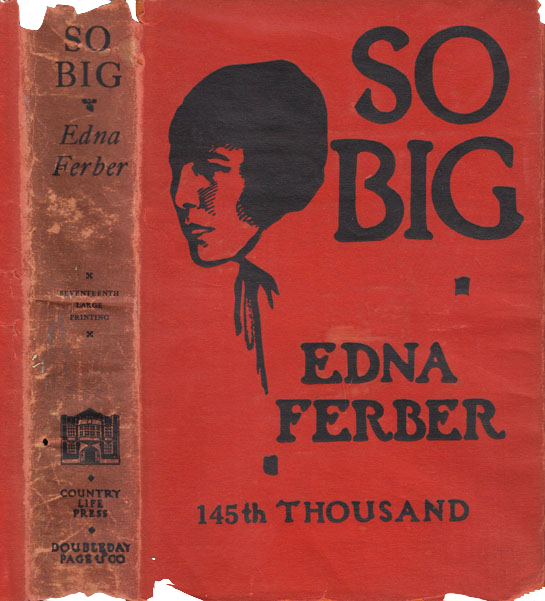
So Big by Edna Ferber
A novel about family, ambition, and the urban-rural divide set in and around early twentieth-century Chicago, So Big was the United States’ best seller in 1924 and won the Pulitzer Prize for fiction the following year. Ferber worried that the novel had no plot and wouldn’t interest anyone, even apologizing when she sent it to her publisher Russell Doubleday. It has been adapted for the big screen more than once, most recently in 1953.
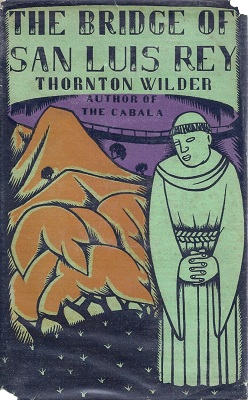
The Bridge of San Luis Rey by Thornton Wilder
This story follows the interconnected lives of several people who die in an accidental bridge collapse in Peru. It won the Pulitzer in 1928, the year it was also the number one selling novel in the United States. In 2006 it was adapted into a play for puppets and actors. Former British prime minister Tony Blair quoted the book after 9/11, and two different television newscasters mentioned the book after a bridge collapsed in Minneapolis in 2007.
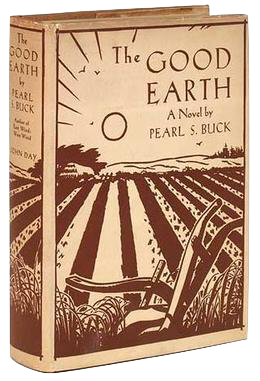
The Good Earth by Pearl S. Buck
This story of family life in a Chinese village was the best-selling novel in the United States in both 1931 and 1932, winning the Pulitzer in 1932. It showed up on best-seller lists again in 2004 when Oprah selected it for her book club. “The Good Earth simultaneously manages to be both a classic and not very good,” began a 2012 ChinaFile article. “This is not, I trust, a controversial statement.”
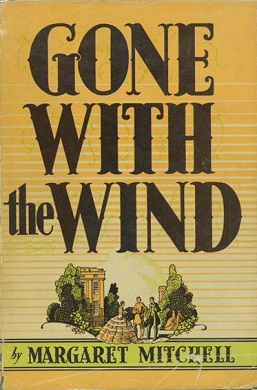
Gone with the Wind by Margaret Mitchell
Published in 1936, this romanticized look at the Civil War–era South was the top-selling novel in the United States in both 1936 and 1937. It won the Pulitzer in 1937, and was made into a blockbuster film in 1939. The film made over $390 million at the box office, making it (adjusted for inflation) the highest-grossing film of all time. The streaming service HBO Max announced in June 2020 that it was temporarily removing the film from its platform, noting that its “racist depictions were wrong then and are wrong today,” in order to add a contextualizing prologue.
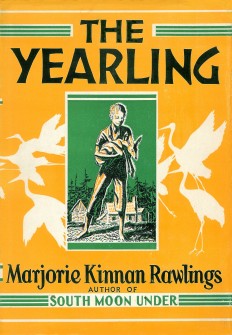
The Yearling by Marjorie Kinnan Rawlings
This children’s classic about a boy and his pet fawn was the best-selling novel in 1938 and won the Pulitzer in 1939. It has been translated into twenty-nine languages, and adapted for both film and television several times, including a 1946 film staring Gregory Peck and a 1994 made-for-TV movie starring Philip Seymour Hoffman. The 1946 film was produced on location at the Juniper Prairie Wilderness in Florida’s Ocala National Forest, where fans can now hike the Yearling Trail.

The Grapes of Wrath by John Steinbeck
This novel, which recounts the struggles of migrant laborers during the Great Depression, was the best-selling novel in 1939, and won the Pulitzer the following year. It was invoked as evidence in congressional hearings on interstate migration in 1940.
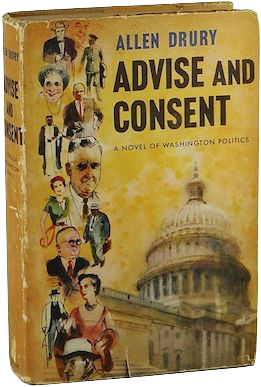
Advise and Consent by Allen Drury
This 1959 novel about the U.S. Senate confirmation hearings of a controversial candidate for secretary of state was the best-selling novel of 1960 and won the Pulitzer that year. It spent 104 weeks on the New York Times Best Seller list. The book spawned five sequels; after the fourth book, one critic expressed hope Drury would “cease and desist.”
Lapham’s Quarterly is running a series on the history of best sellers, exploring the circumstances that might inspire thousands to gravitate toward the same book and revisiting well-loved works from the past that, due to a variety of circumstances, vanished from the conversation after they peaked on the charts. We are also publishing a digital edition of one of these forgotten best sellers, Mary Augusta Ward’s 1903 novel Lady Rose’s Daughter, with a new introduction, annotations, and an appendix. To read more about the project and explore the other entries in the series, click here.